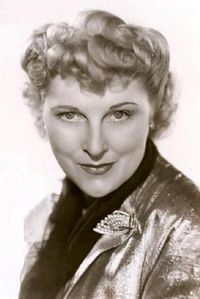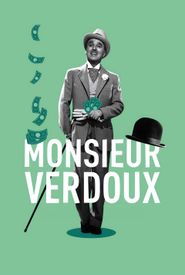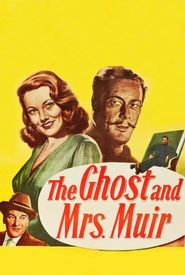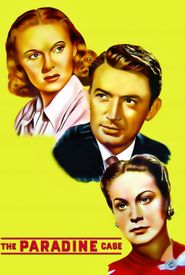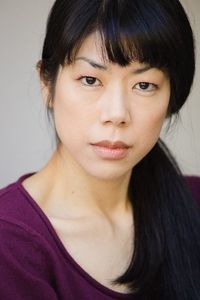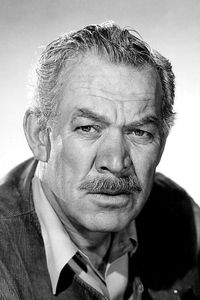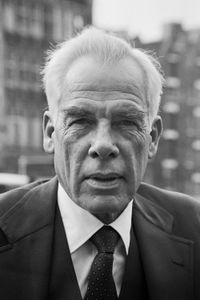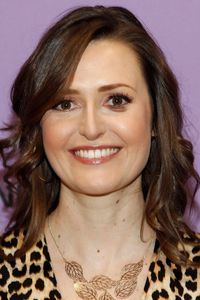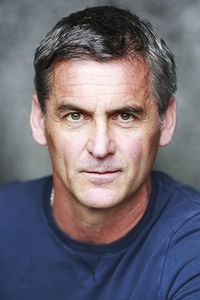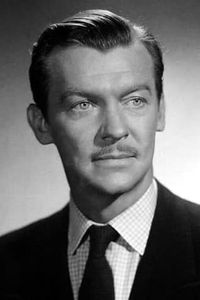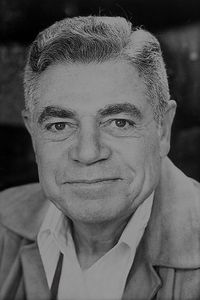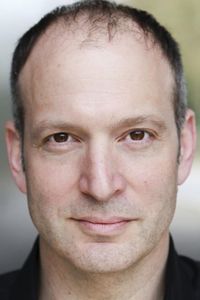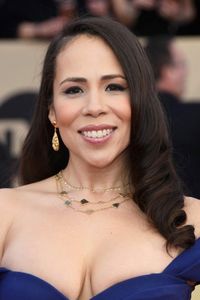Isobel Elsom, a quintessential embodiment of opulent grande dame pomposity, was born Isabelle Reed on March 16, 1893, in Cambridge, England. She began her theatrical career on stage in 1911, subsequently transitioning to silent and sound films in England, marrying and divorcing director Maurice Elvey during this period.
Isobel made her elegant entry into British feature films as Lady Monkhurst in the drama Milestones in 1916, and continued in leading roles with the silent films Tinker, Tailor, Soldier, Sailor in 1918, Onward Christian Soldiers in 1918, A Member of Tattersall's in 1919, For Her Father's Sake in 1921, Dick Turpin's Ride to York in 1922, the title role in The Love Story of Aliette Brunton in 1924, The Last Witness in 1925, and Tragödie einer Ehe in 1927.
Her voice being suitable for sound pictures, she continued her leading status with early British talkies such as The Other Woman in 1931, Stranglehold in 1931, The Crooked Lady in 1932, The Thirteenth Candle in 1933, and The Primrose Path in 1934.
In the late 1920s, Isobel made a transatlantic visit to the American stage, taking her first Broadway curtain in "The Ghost Train" in 1926. She continued on the New York stage with plays such as "The Mulberry Bush" in 1927, "People Don't Do Such Things" in 1927, "The Silver Box" in 1928, "The Behavior of Mrs. Crane" in 1928, and "The Outsider" in 1928.
Settling in America in the 1930s, Isobel achieved great character success in the role of retired actress Leonora Fiske in the play "Ladies in Retirement" in 1940, which she also took to film in 1941, starring Ida Lupino. She would alternate between film and the Broadway stage for the next two decades.
Broadway shows included "Hand in Glove" in 1944, "The Innocents" in 1950, "Romeo and Juliet" as Lady Capulet in 1951, "The Climate in Eden" in 1952, "The Burning Glass" in 1954, and "The First Gentleman" in 1957.
What the tiny-framed Isobel lacked in stature, she certainly made up for in pure chutzpah. The matronly actress remained in Hollywood and played a number of huffy blue-bloods in both comedies and drama for over two decades, including The War Against Mrs. Hadley in 1942, You Were Never Lovelier in 1942, Between Two Worlds in 1944, Of Human Bondage in 1946, The Two Mrs. Carrolls in 1947, The Ghost and Mrs. Muir in 1947, Ivy in 1947, Smart Woman in 1948, The Secret Garden in 1949, Lust for Life in 1956, The Miracle in 1959, and The Second Time Around in 1961.
One standout blue-blooded role was as one of Charles Chaplin's intended victims in the black comedy Monsieur Verdoux in 1947.
In later years, Isobel served as a frequent foil to Jerry Lewis in a few of his solo pictures, including Rock-a-Bye Baby in 1958, The Bellboy in 1960, The Errand Boy in 1961, and Who's Minding the Store? in 1963. She ended her film career playing Mrs. Eynsford-Hill in My Fair Lady in 1964.
Isobel remarried in 1942 and was the widow of actor Carl Harbord in 1958, the couple meeting when they appeared in the film Eagle Squadron in 1942. Isobel Elsom died at the age of 87 of heart failure at the Motion Picture & Television Hospital in Woodland Hills, California on January 12, 1981.
